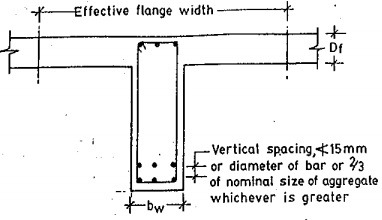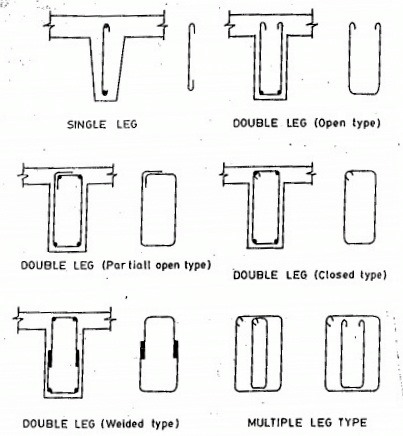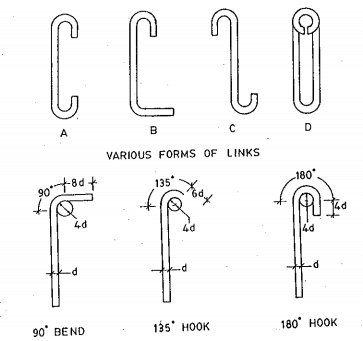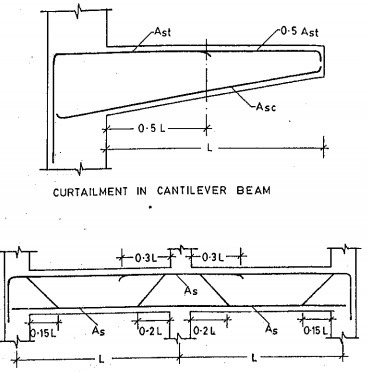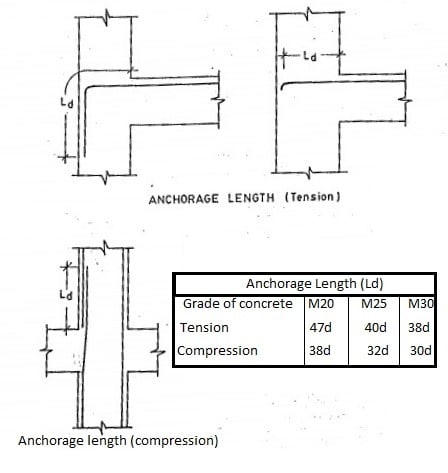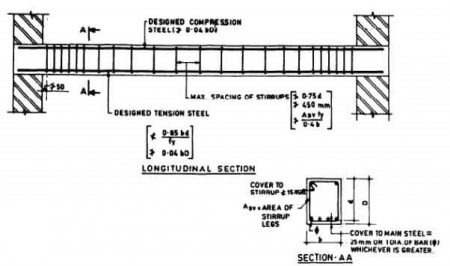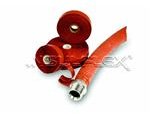Everybody's in a hurry to get things back to normal after a
disaster, but when it comes to electrical safety, it pays to step back and
carefully evaluate things before moving ahead with any work. If your house has
been severely damaged by floodwaters, here are some pointers to help keep you
safe:
1.
Never go into a flood-damaged basement or a basement filled with water until
the utility company, fire department, or a licensed electrician has removed the
home's electrical meter from its socket.
Why: Removing the meter from the socket is the only way the
house can be completely disconnected from the grid. Even if you've lost power,
you can still be electrocuted in a flooded basement if someone is running a
generator nearby and back-feeding electricity into a storm damaged grid. You
can't count on a storm-damaged circuit breaker or disconnect switch to protect
you. The only safe way is to remove the meter.
2.
Once the building is pumped out and you begin recovery efforts, keep in mind
that all flooded electrical equipment is almost certainly ruined.
Why: Very few things in a house are rated to survive
submersion, even briefly. The following will almost certainly need to be
replaced:
Plastic-sheathed building wire (often referred to by the
trade name Romex)
Armored cable (often referred to by the trade name BX)
Circuit panels and circuit breakers
Fuse boxes and fuses
Sub panels
Switched disconnect boxes
Switches
Outlet receptacles
Motors
Circuit boards
Non-submersible pumps
Blowers and fans
Lights
Heaters
Air conditioners
Furnaces
Boilers
A licensed air conditioning or a heating/cooling contractor
can advise you whether your heating or cooling equipment can be salvaged. It
depends upon the type of equipment, the depth of the floodwaters, and the
duration of submersion. Many people try to salvage appliances such as dehumidifiers,
refrigerators, and freezers that have been in flooded basements. Some do go on
to live a post-flood life, but it's risky: They can be extremely dangerous to
operate after they've been flooded.
3:
Pay increased attention to grounding and bonding, and after the flood ask an
electrician to conduct a thorough survey the system.
Why: There are two aspects to every home's electrical
system: the parts designed to carry electrical current during normal operation,
and the parts designed to carry current safely to ground should something go
wrong. The latter is known as the home's grounding and bonding system and it
can be severely damaged by floodwaters. Only a licensed electrician is equipped
and trained to evaluate the damage.
All metal components of a home's electrical system should be
carefully and replaced if necessary. For example, metal electrical boxes that
have been submerged may rust and the rust on the box prevents an adequate
connection to the home's grounding system.
4.
Even after the building is fully disconnected from the grid, never go into a
flooded building alone. Put on chest waders, and bring a bright flashlight that
clips to your hat or your waders so you don't have to carry it. But most
importantly, have someone standing by in case you need help.
Why: Flooded buildings are dark, slippery, and disorienting.
It's easy to get hurt or even drown in one. Trust me. As a volunteer, I once
went into a flood-damaged basement and stepped into an uncovered sump pit,
finding myself in water up to my chin. I freed myself from that, only to step
into a second uncovered pit.







